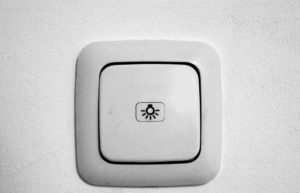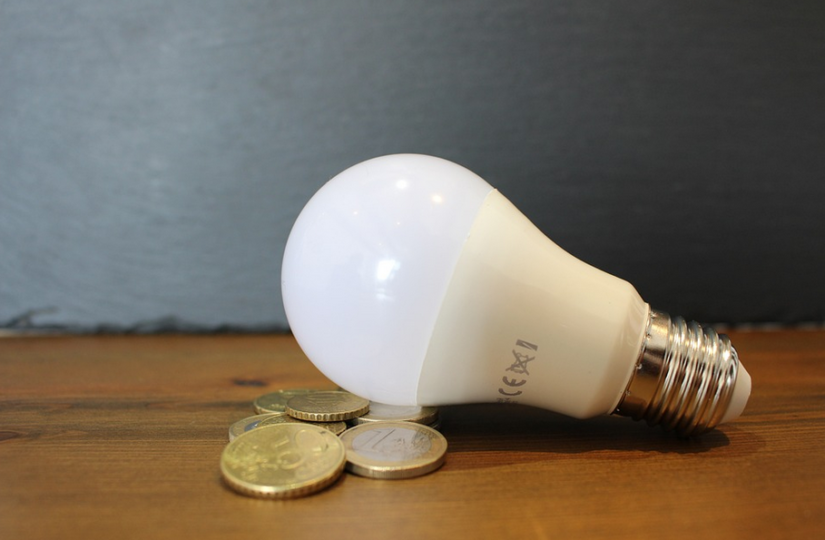Our home is the most comfortable place, and it is crucial to ensure our bills don’t run too high. We often think that we’re already doing the right things to create an energy efficient home. However, for a lot of homeowners, it does not reflect on the energy bills we receive. Most of the time, it makes us scratch our heads and question why? Well, the answer is simple. There are multiple factors, in this case, the main culprits that might be contributing to a higher energy bill, but we can identify some of the main culprits with ease. So without further ado, let’s look at the main culprits of rising energy bills.
Poorly Insulated Home

If your house is not properly insulated, it can lead to an increase in energy costs as more heat escapes your home, forcing the air conditioner or heating system to work harder and use more electricity. To reduce your energy bills, it’s important to invest in insulation and ensure that your home is properly sealed. This can be done by checking for air leaks and adding weather stripping, caulking, and other materials as needed. Not only will this help to keep your energy bills lower, but it will also make your home more comfortable.
Short Cycling
Short cycling happens when an air conditioner or furnace runs for short periods and then shuts off. This process leads to inefficient operation as the system constantly runs on and off. To avoid this problem, it’s important to maintain your air conditioning and heating systems regularly by changing filters, cleaning coils, inspecting ducts, and checking for any repairs that may need to be done. In fact, a study done by the US Department of Energy found that regularly maintained air conditioners use up to 10% less energy than ones that are not.
Inefficient Appliances
If you have old appliances in your home, they may be using more energy than necessary. This can lead to a large increase in energy bills as these appliances work to keep your home comfortable. To reduce your energy bills, it’s important to invest in more efficient models and make sure that you are using them properly. This includes setting the temperature on your thermostat correctly and unplugging unused appliances.
Peak-Time Energy Use
 Peak-time energy use refers to the increased amount of electricity used during certain hours. This is usually in the late afternoon or evening when people come home from work and turn on lights, air conditioners, and other appliances. To reduce peak-time energy use, it’s important to find ways to conserve energy between these times. This can include using natural light and utilizing energy-efficient appliances. Not only that, but setting your thermostat to the right temperature, using fans instead of air conditioners, and investing in energy-efficient lighting can help reduce peak-time energy use.
Peak-time energy use refers to the increased amount of electricity used during certain hours. This is usually in the late afternoon or evening when people come home from work and turn on lights, air conditioners, and other appliances. To reduce peak-time energy use, it’s important to find ways to conserve energy between these times. This can include using natural light and utilizing energy-efficient appliances. Not only that, but setting your thermostat to the right temperature, using fans instead of air conditioners, and investing in energy-efficient lighting can help reduce peak-time energy use.
Phantom Loads
Do you ever wonder why your energy bills remain so high even when you’re not using any appliances? This could be due to phantom loads, the energy used by devices plugged in but not being actively used. To reduce phantom loads, it’s more than important to unplug or turn off devices when not in use or install power strips that can easily be turned off. In addition, utilizing Energy Star appliances can also help reduce the amount of energy being used by these devices.
By understanding these main culprits of rising energy bills, you can make changes to reduce your monthly costs. Ensure your home is properly insulated and maintained, and consider investing in more efficient appliances. Additionally, conserving energy during peak times and unplugging devices when, not in use can also help lower your energy bills.

